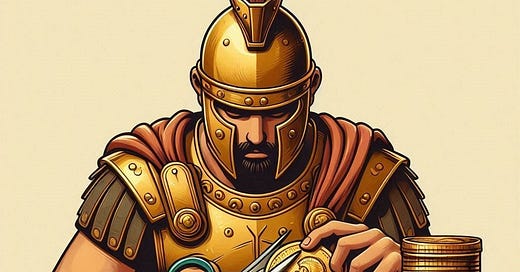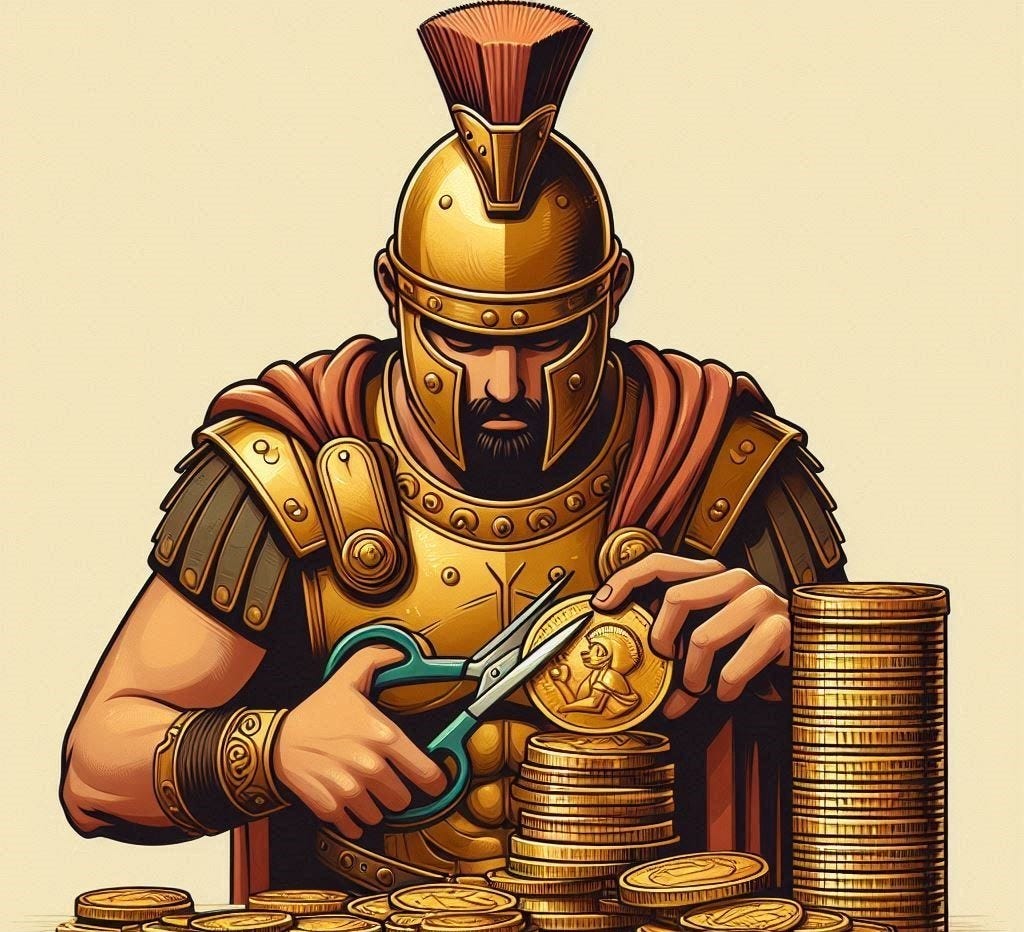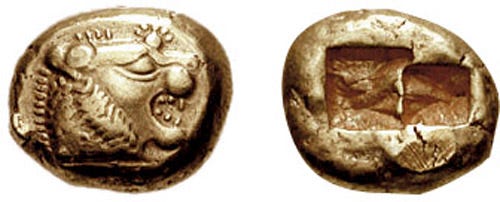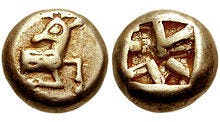Hard money, defined by its relative scarcity and low elasticity of supply, typically has limited availability and is not easily manipulated, which contributes to the preservation of its value over time. Even with a hard or sound form of money, such as gold and silver, the influence of government intervention can still distort its value by adjusting the nominal or “face” value of currency. This reality underscores the notion that sound money alone cannot shield against inflationary pressures, as the dynamics of monetary competition continue to unfold. Throughout history, we have witnessed this principle in action, whether through the overproduction of Wampum or the effects of the Cantillon Effect. Any form of money vulnerable to debasement ultimately leads to inflation and a loss of trust in its value, echoing across different societies and eras, each leaving behind its own tale of monetary manipulation.
Long before the Gilded Age of the United States, there was a similar era of prosperity and monetary innovation during the Pax Romana, or "Roman Peace:” the golden years of the Roman Empire. This period marked the introduction of some of the earliest forms of sovereign currency, laying the groundwork for modern economic systems. But before we delve into its applications and significance within the regime of the Roman Empire, we should begin with the origination of regulated coinage and its circulation.
Preceding roman coinage, our story begins in ancient Lydia, a kingdom in western Anatolia (modern-day Turkey), nearly six centuries before the rise of the Roman Empire around 600 BCE. During the reign of King Alyattes, the Lydians revolutionized commerce by introducing the world's first standardized metal currency. These early coins were made from electrum, a naturally occurring alloy of gold and silver, and featured official seals that authenticated their legitimacy. These seals often featured a lion's head - the symbol of Lydian royalty.
This Lydian innovation marked a major milestone in economic history. The true advancement lay not only in the use of precious metals as currency, which created both a hard and sound form of money, but also in the introduction of regulation and standardization. Each coin was minted to a specific weight and purity, ensuring a uniform value. Standardization of these metrics were crucial for several reasons:
It established trust in transactions: Merchants and traders could rely on the value of each coin without needing to weigh or test the metal for every exchange.
It represented state authority: The official stamps on coins served as a guarantee from the issuing authority, enhancing the coin's acceptability across regions.
It fostered economic stability: Standardized coinage facilitated more complex economic activities and long-distance trade, paving the way for expanded commerce.
“Merchants could set aside their cumbersome scales, weights, and touchstones to accelerate their transactions by counting out, not weighing out, this new form of currency.” -Frank L. Holt
The Lydian model of regulated minting spread rapidly, first to nearby Greek city-states and eventually throughout the Mediterranean world, evolving as it traveled. By the time of the Roman Republic and later the Roman Empire, coinage had developed into a sophisticated system, incorporating careful regulation of weight, purity, and uniformity across minted units. This standardization introduced the concept of fungibility—where coins of the same denomination held equal value and were thus theoretically interchangeable with one another.
The Romans further refined the concept, introducing coins like the denarius and aureus, which became symbols of Rome's economic and political might. However, this ideal was undermined by
“the infamous emperor Nero, who was the first to engage in the Roman habit of “coin clipping,” wherein the Emperor would collect the coins of the population [via taxation] and mint them into newer coins with less gold or silver content… [Thus] the aureus coin was reduced from 8 to 7.2 grams, while the denarius’s silver content was reduced from 3.9 to 3.41g. This provided some temporary relief, but had set in motion the highly destructive self-reinforcing cycle of popular anger, price controls, coin debasement, and price rises, following one another with the predictable regularity of the four seasons.
Under the reign of Caracalla (AD 211–217), the gold content was further reduced to 6.5 grams, and under Diocletian (AD 284–305) it was further reduced to 5.5g, before he introduced a replacement coin called the solidus, with only 4.5 grams of gold.” - Saifedean Ammous, The Bitcoin Standard
Naturally, the uncollected coins—those saved outside of common circulation—held greater worth due to their uncompromised purity, escaping the dilution that affected circulating currency and disrupting the prospect of fungibility.
In contrast, the coins in circulation suffered at the hands of centralized Roman authorities whose state-sanctioned debasement operated like an early form of inflation. This debasement occurred in two ways: first, by creating additional coins from the collected shavings and, second, by reducing the metal content of existing coins by mixing in inferior metals, which meant that more coins were needed to purchase the same quantity of goods as before. Similar to the example of wampum, these adulteration practices effectively created an artificial increase in the money supply, further diminishing the value of circulating monetary units.
Depiction of alloying: A debasement technique of the Romans.
“The economic impact of coin clipping in ancient Greece and Rome was substantial. By reducing the metal content of coins, clippers effectively devalued the currency. This led to inflation, as merchants and citizens began to lose trust in the integrity of the coinage. Prices of goods and services would rise to compensate for the decreased value of the clipped coins, destabilizing the Economy.” -Yuvan, Douglas, Coin Clipping Through the Ages
Following Cantillon's principle, as this expanded supply of devalued currency competed for the same quantity of goods and services, it led to prices readjusting upward to account for it’s decrease in perceived value.
As we consider the effects of inflation and the perils of monetary debasement, we can see how the intricacies of ancient monetary practices offer enduring lessons on the delicate relationship between currency management and economic stability. Parallels can be drawn between the challenges faced by Rome nearly two millennia ago and those we encounter today, reminding us that all forms of money, even "hard/ sound money," are vulnerable when those in power compromise their integrity.









